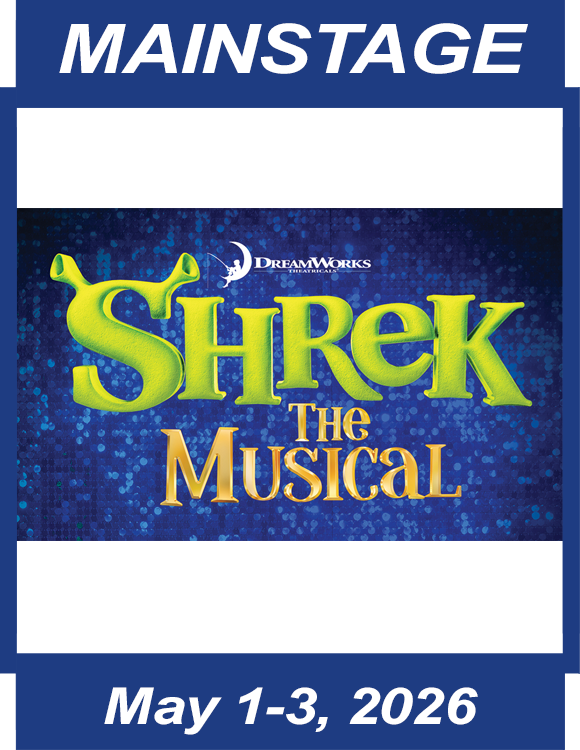Fiddler on the Roof
Based on Sholem Aleichem stories by special permission of Arnold Perl
Book by Joseph Stein
Music by Jerry Bock
Lyrics by Sheldon Harnick
Produced on the New York Stage by Harold Prince
Original New York Stage Production Directed and Choreographed by Jerome Robbins
source: MTI
Performances at
Elm Street Auditorium
November 17-19, 1972
On-Line program is here! Please support our sponsors !
CREDITS
The Actorsingers would like to extend a special thanks to the following.
Without their interest and support “Fiddler on the Roof” would not have been possible.
Almy’s
Heat, Inc.
Boys Club
Harry Tong
Maury Kingman
American Legion
Hampshire Music
Rabbi Bela Fischer
Temple Beth Abraham
Arts and Science Center
Church of the Good Shepherd
Nashua Federal Savings and Loans
THE PLAY
“Fiddler on the Roof” opened in Broadway at the Imperial Theatre on
September 11, 1964. The reviews were quite favorable and “Fiddler” has
been a stage phenomena ever since. The title is explained in the prologue
by Tevye, so listen carefully.
The story is basically that of a not-so-humble dairyman and the problems
caused by the untraditional marriages of his three daughters. Tevye has
to cope with his wife, his daughters, their suitors, and the more tragic
problems caused by the upheavels of the revolutionary period.
SHOLOM ALEICHEM
(1859-1916) Born in the Ukraine, Sholom was one of the greatest of
Jewish novelists, dramatists, and short-story writers. He wrote the
original stories on which “Fiddler” is based. Tevye, the milkman,
is one of his best-known creations. These stories were gathered
together in a book called “Tevye’s Daughters” (Crown Publishers, 1949).
The most important of them, as far as “Fiddler” is concerned, were the
stories, “Modern Children”, “Hodel”, and “Chava”. All of them are worth reading.
JEROME ROBBINS
“Fiddler’s” original Broadway production was largely the work of Jerome Robbins.
He directed and staged the show. His marvelous feeling for effect was chiefly
responsible for the show’s popularity. Robbins is best known for his choreography,
with work on such hits as “Peter Pan”, “Gypsy”, and “West Side Story”. He won as
Oscar for the latter. Time said of him, “He took U.S. ballet out of doublets
and put it in dungarees”. Celebrity Register notes that this was a reaction
to an early experience with a group devoted to Russian folklore. One year he
appeared as a sheaf of wheat. He got reaped every night. Not surprisingly
Robbins got fed up with babushkas and beets. The only thing the audience has
to reap though is an evening’s entertainment from one of Jerome Robbins’ most
spectacular successes.
Synopsis of Scenes and Musical Numbers
LA’CHIAM (to life) — — — MOZEL TOV (good luck)
The Place: Anatevka, a Small Village in Russia
The Time: 1905, on the Eve of the Revolutionary Period
Act One
Scene 1 Kitchen in Tevye’s house
“Matchmaker” Tzeitel, Hodel and Chava
Scene 2 Exterior of Tevye’s house
“If I were a rich man” Tevye
Scene 3 Interior of Tevye’s house
“Sabbath Prayer” Tevye, Golde and the Villagers
Scene 4 The Inn
“La’Chiam, to life” Tevye, Lazar Wolfe and Men
Scene 5 A street outside the Inn
Scene 6 A bench outside Tevye’s house
“Miracle of Miracles” Motel
Scene 7 Tevye’s bedroom
“The Dream” Tevye, Golde, Gramma Tzeitel, Fruma-Sarah and the Villagers
Scene 8 Village street and Motel’s tailor shop
Scene 9 Section of Tevye’s yard
“Sunrise Sunset” Tevye, Golde and the Villagers
“Bottle Dance” Yussel, Hershel, Shlosme and Shandel
“Wedding Dance” The Villagers
Act Two
Prologue
Scene 1 Exterior of Tevye’s house
“Now I have everything” Perchik and Hodel
“Do you love me?” Tevye and Golde
Scene 2 Village Street
“The Rumor” Yente and the Villagers
Scene 3 Exterior of the railroad station
“Far from the home I love” Hodel
Scene 4 Village Street
Scene 5 Motel’s tailor shop
Scene 6 Somewhere on the outskirts of the village
“Chavaleh” Tevye and Chava
Scene 7 The barn
“Anatevka” Tevye, Golda, Yente and the Villagers
Scene 8 Outside Tevye’s house



